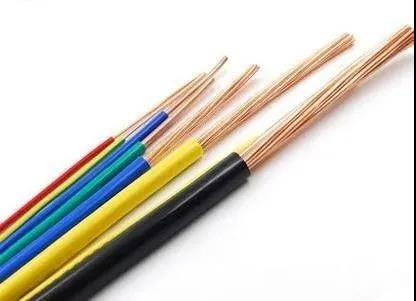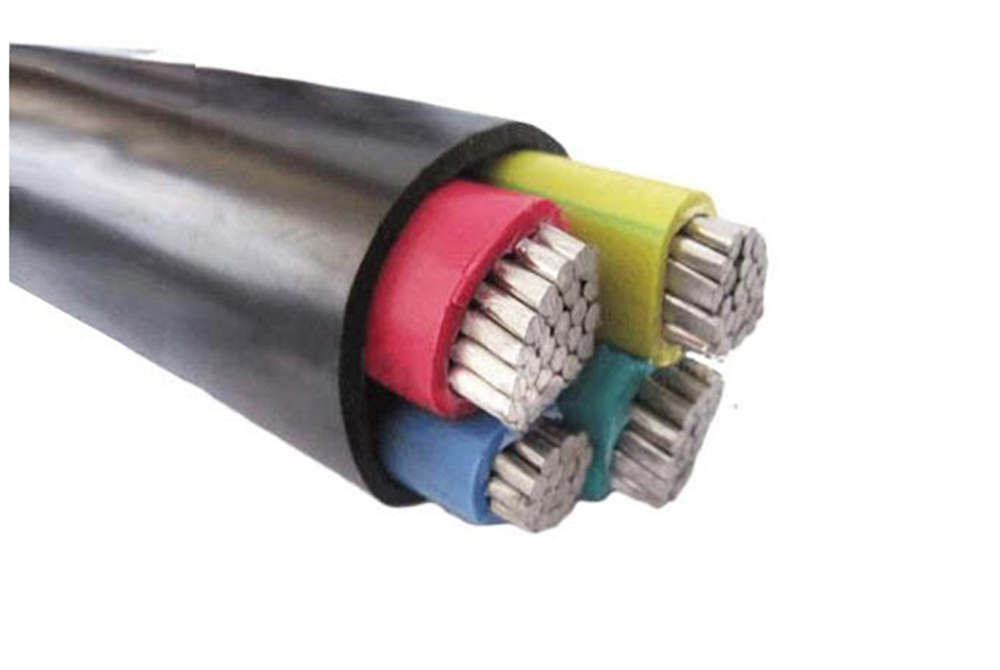opper is a transition metal with an atomic number of 29, a density of 8.92g/cm3, and a melting point of 1083.4. It has good thermal and electrical conductivity, so it is widely used as ACSR conductor. However, in humid air, the surface of copper chemically reacts with oxygen to form Cu2(OH)2CO3, which is patina. Usually, the copper oxidation of the cable factory manifests as the surface blackening, which is the surface oxidation phenomenon of copper conductors that plagues many cable companies and users. However, in addition to the production process, there are various factors that cause the wire and cable to turn black during use.

1. Improper handling of cable joints
The cable connector is not sealed properly, which causes the air to invade the copper conductor and turn black. Most of the masters who pack the cable head will use insulating tape to seal it directly. In fact, the insulating tape is not waterproof and there is a layer of glue on it. Make the cable black.
2. Moisture insulation
This kind of situation is also very common, and it usually occurs at the cable joints in direct burial or piping. If the cable connector is not made qualified and the connector is made in a humid climate, water or steam will enter the connector, and the cable will turn black over time. This phenomenon is more common in the hot summer, because the humidity in the air in summer is relatively high, and the temperature will accelerate the oxidation reaction of the copper conductor.

3. Construction and installation
Some users do not standardize construction when laying and installing cables, which is easy to cause mechanical damage; civil construction on directly buried cables is also very easy to damage the cables in operation. If the copper conductor of the cable is locally damaged, it will be oxidized and blackened if it is exposed to moisture or exposed surface underground for a long time.
In addition to the reasons for the blackening and discoloration of the cable ports, copper is prone to blackening but also shows a more important problem, that is, the poor quality of copper, which accounts for most of the cable cost. If the quality of the copper is not good, there are other problems. After taking protective measures, the copper is still oxidized and blackened, and such cables should be replaced in time.
